Immunological Implications and Molecular Diagnostics of Genitourinary Cancer
Immunological Implications and Molecular Diagnostics of Genitourinary Cancer 1st Edition:
Immunological Implications and Molecular Diagnostics of Genitourinary Cancer updates on recent accomplishments, unifying concepts, and future challenges in the study of tumor-associated immune cells, emphasizing genitourinary cancers. The presence of inflammatory immune cells in human tumors raise a fundamental question: How do cancer cells avoid destruction by immune attack? In principle, tumor development can be controlled by cytotoxic innate and adaptive immune cells, however, as tumors develop from neoplastic tissue to clinically detectable tumors, cancer cells evolve different mechanisms. This book covers research on the immunological implications of genitourinary cancer with a comprehensive view, especially surrounding diagnosis and cellular mechanisms.
- Discusses the impact of the immune system on the initiation, progression and treatment of cancer
- Provides insights on the important role of the suppressor genes and oncogenes in genitourinary cancers
- Shows the advantages of combining clinical issues of urologic cancers with immunological techniques, like immunohistochemistry and immunofluorescence
- Demonstrates the implications genitourinary cancer has on the human innate immune system
Additional ISBNs:
∗ eText ISBN: 0323854974, 978-0323854979, 9780323854979
- See additional information on the Amazon.
More Details
Immunological Implications and Molecular Diagnostics of Genitourinary Cancer:
Front Cover
Immunological Implications and Molecular Diagnostics of Genitourinary CancerTable of Contents
Copyright Page
Contents
List of contributors
About the editor
Preface
Acknowledgments
Editorial advisory board
Editorial management committee
Chapter 1. Introduction to the molecular aspects and viral therapy of genitourinary tumors
1.1 Background
References
Chapter 2. Liquid biopsy of exosome markers for molecular diagnosis of genitourinary cancer
Abstract
2.1 Introduction
2.2 Tissue biopsy versus liquid biopsy
2.3 Renal cell cancer
2.4 Bladder cancer
2.5 Prostate cancer
2.6 Conclusion
References
Chapter 3. The molecular mechanism of novel oncogenes dysregulating signaling pathways associated with cervical carcinoma
Abstract
3.1 Introduction
3.2 Cervical cancer overview
3.3 The leading oncogenes related to cervical cancer development
3.4 Conclusion
Acknowledgment
References
Chapter 4. Role of epigenetic factors in cancer progression induced by inactivation of tumor suppressors genes
Abstract
4.1 Introduction
4.2 Methylation of DNA
4.3 Histone code
4.4 The microRNAs
4.5 Conclusion
Acknowledgment
References
Chapter 5. Exosomes as diagnostic and prognostic tools in prostate cancer
Abstract
5.1 Introduction
5.2 Structure, biogenesis, and function of exosomes
5.3 The functional roles and tumor-derived exosomes in prostate cancer progression
Acknowledgments
References
Chapter 6. Adenovirus vectors for vaccination and cancer gene therapy
Abstract
6.1 Introduction
6.2 Several approaches to overcome problems associated with the targeting of adenoviruses
6.3 General properties of adenovirus and adenovirus vector
6.4 Adenovirus tumor-selective replication
6.5 Genetic modification to alter transfection range of adenoviruses
6.6 Conclusion
Acknowledgment
References
Chapter 7. Molecular diagnosis of human oncogenic viruses associated with prostate cancer: Human Papillomavirus and Epstein–Barr virus
Abstract
7.1 Introduction
7.2 Molecular epidemiology of human papillomavirus and Epstein–Barr virus associated with prostate cancer worldwide
7.3 Molecular diagnosis and prognostic biomarkers of prostate cancer
7.4 Conclusion
References
Chapter 8. Molecular characterization of oncogenic biomarkers associated with genitourinary cancers: the case of prostate cancer
Abstract
8.1 Introduction
8.2 General information about prostate cancer
8.3 Tumor development
8.4 Methods for studying genetic polymorphisms
8.5 Conclusion
Acknowledgments
References
Chapter 9. Diagnostic screening of the microdeleation mutations in the azoospermia factor-gene cluster of the Y chromosome and; prostate cancer among Arabs: toward establishment of gene therapy platform in the region
Abstract
9.1 Background for our hypothesis on the azoospermia factor gene cluster among Arabs for future gene therapy of infertility
9.2 Landscape of the azoospermia factor gene cluster and chromosome Y chromosome structure
9.3 Global heterogeneity and ethnicity of familial infertility clustering of azoospermia factor microdeletion variants among different genealogical lineages of populations
9.4 Familial infertility clustering and consanguinity among Arabian populations
9.5 Diagnostic criteria and medical conditions as set by WHO criteria for infertility diagnosis
9.6 Types of microdeletions in the azoospermia factor gene cluster of Y chromosome
9.7 Genetic diagnosis of azoospermia factor microdeletion by multiplex polymerase chain reaction technology
9.8 Influence of the use of in vitro fertilization technology
9.9 Gene therapy application of azoospermia factor gene in different genealogical lineages of the Y-chromosome
References
Chapter 10. Recent advances in high-risk human papillomavirus genotype relationship with bladder cancer tumor genesis
Abstract
10.1 Introduction
10.2 Human papillomaviruses
10.3 Epidemiology of bladder cancer
10.4 Global prevalence of human papillomavirus in bladder cancer
10.5 Recent evidence for high-risk human papillomavirus involvement in bladder cancer
10.6 Detection of human papillomavirus infection in bladder cancer
10.7 Human papillomavirus treatment and prevention
10.8 Conclusion
References
Chapter 11. Tumor-associated macrophages in prostate cancer: role in progression and therapy
Abstract
11.1 Introduction
11.2 Prostate cancer initiation, progression, and immunity
11.3 Cancer and macrophage
11.4 Tumor-associated macrophages and prostate cancer
11.5 Conclusion
Acknowledgment
References
Chapter 12. Emerging therapeutic targets of genitourinary tumors
Abstract
12.1 Introduction
12.2 PD-1
12.3 Von Hippel–Lindau tumor suppressor/HIF2-vascular endothelial growth factor
12.4 Vascular endothelial growth factor receptor
12.5 Indoleamine-2,3-dioxygenase
12.6 Androgen receptor
12.7 Conclusion
References
Chapter 13. Cell–cell differentiation induction: model for cervical cancer
Abstract
13.1 Introduction
13.2 Cervical cancer
13.3 Overview of cellular differentiation
13.4 Cell differentiation study methods
13.5 Tumor differentiation: case of cervical cancer
13.6 Conclusion
Acknowledgment
References
Chapter 14. The clinical significance of long noncoding RNAs expression in cervical cancers
Abstract
14.1 Introduction
14.2 Long noncoding RNAs as potential biomarker candidates
14.3 Long noncoding RNAs as biomarkers for diagnosis and early detection of cervical cancers
14.4 Long noncoding RNAs as biomarkers of prognosis and survival
14.5 Long noncoding RNAs in cervical cancer treatment and therapy
14.6 Conclusions
Acknowledgment
References
Chapter 15. Triple-negative breast cancer and its correlation with viral agents
Abstract
15.1 Introduction
15.2 Breast cancer presentation
15.3 A focus on triple-negative breast cancer
15.4 Risk factors associated with triple-negative breast cancer
15.5 Implications of viral agents in triple-negative breast cancer
15.6 The special case of triple-negative breast cancer
15.7 Treatment modalities of triple-negative breast cancer
15.8 Natural anticancer agents in triple-negative breast cancer
15.9 Conclusion
Acknowledgments
References
Chapter 16. Role of exosomes in bladder cancer diagnosis and therapy
Abstract
16.1 Introduction
16.2 Exosomes: nanovesicles of endosomal origin
16.3 Urinary biomarkers for bladder cancer diagnosis
16.4 Conclusions
Acknowledgments
References
Chapter 17. Upper urinary tract urothelial cell carcinoma
Abstract
17.1 Introduction
17.2 Epidemiology
17.3 Surveillance
References
Chapter 18. Testicular cancer
Abstract
18.1 Introduction
18.2 Clinical presentation
18.3 Investigations
18.4 Abdomino-pelvic and thoracic imaging
18.5 Surgical management
18.6 Retroperitoneal lymphadenectomy for staging
18.7 Treatment after RPLND or residual mass resection
References
Chapter 19. A comprehensive survey on spectrum of BRCA1 and BRCA2 pathogenic variants in breast and ovarian cancer
Abstract
19.1 Introduction
19.2 BRCA1
19.3 BRCA2
19.4 BRCA-associated breast and ovarian cancer
19.5 BRCA1 and BRCA2 genes mutations in breast and/or ovarian cancer
19.6 BRCA1 and BRCA2 recurrent/founder variants in North Africa
19.7 BRCA1 and BRCA2 recurrent/founder variants worldwide
19.8 BRCA1- and BRCA2-specific variants in North Africa and Worldwide
References
Chapter 20. Molecular and epidemiological characterization of bladder tumors
Abstract
20.1 Introduction
20.2 Anatomy of the urinary system
20.3 Bladder cancer
20.4 Six-molecular characterization of bladder tumors
20.5 Chromosomal aberrations
20.6 Conclusion
Acknowledgments
References
Chapter 21. Impact of signaling in the development pathway of genitourinary cancers
Abstract
21.1 Introduction
21.2 General principles of cell signaling
21.3 Impact of androgen receptor alterations on signaling pathways related to cell differentiation and prostate cancer progression
21.4 Oncogenic alterations
21.5 Oncogenic alterations
21.6 Growth factor signaling pathway
21.7 Oncogenic alterations
21.8 Oncogenic alterations
21.9 Conclusion
21.10 Acknowledgments
References
Chapter 22. Prostate cancer: genetic changes and viral-mediated immune regulation
Abstract
22.1 Introduction
22.2 Epidemiology of prostate cancer
22.3 Viruses associated with prostate cancer
22.4 Carcinogenesis of the prostate: interaction between host genetics and viral infection
22.5 Viral-mediated immune deregulation
22.6 Conclusion
Acknowledgment
References
Chapter 23. Dramatic impact of partial loss of PTEN function on tumorigenesis and progression of prostate cancer
Abstract
23.1 Introduction
23.2 Epidemiology
23.3 The PI3K/Akt signaling pathway
23.4 Changes in PTEN activity in health and disease
23.5 Posttranscriptional regulation of PTEN by noncoding RNAs
23.6 Posttranslational modification: phosphorylation
23.7 Posttranslational modification: ubiquitination
23.8 Other ubiquitin-like modifications: SUMOylation and ISGylation
23.9 PTEN loss in prostate cancer
23.10 Conclusion
Acknowledgment
References
Chapter 24. Association between glucose consumption and cancer development: prostate cancer and bladder cancer
Abstract
24.1 Introduction
24.2 Glycose metabolism
24.3 Regulation of glucose metabolism in cancer cells
24.4 Conclusion
Acknowlegment
References
Chapter 25. Oncogenic human viruses associated with prostate cancer: molecular epidemiology of Human Papillomavirus and Epstein–Barr virus
Abstract
25.1 Introduction
25.2 Molecular epidemiology of human papillomavirus and Epstein–Barr virus associated with prostate cancer worldwide
25.3 Implications and associations of human papillomavirus and Epstein–Barr virus prostate cancer
25.4 Conclusion
References
Chapter 26. Genitourinary cancers immune biomarkers: a comprehensive overview
Abstract
26.1 Introduction
26.2 Immune response in urogenital cancers
26.3 Immunotherapy of urogenital cancers
26.4 Prostate and bladder cancers biomarkers
26.5 Renal cell carcinoma biomarkers
26.6 Recent trends in antitumor vaccines
References
Chapter 27. The global genomic allelic heterogeneity of the HOXB 13 variants of prostate cancer and gene therapy application for different genealogical lineages of the Y-chromosome haplogroups and haplotypes of STR microsatellites
Abstract
27.1 Introduction
27.2 Background and hypothesis on the prostate cancer allelic heterogeneity associated with the genealogical lineages of populations
27.3 The landscape of the HOXB 13 gene cluster on chromosome 17
27.4 The landscape of the Short tandem repeat microsatellite on the nonrecombined region of the Y-chromosome
27.5 Global allelic heterogeneity of the HOXB 13 variants of prostate cancer among different genealogical lineages of populations
27.6 Practices on the genetic diagnosis of the haplotypes of microsatellite short tandem repeats and the haplogroups of genealogical lineages of the Y-chromosome
27.7 Practices on the genetic diagnosis of prostate cancer
27.8 Gene therapy applications and future challenges against prostate cancer in different ethnicities of Y-chromosome
References
Chapter 28. Impact of vitamin D status on breast cancer prognosis
Abstract
28.1 Introduction
28.2 Vitamin D
28.3 Vitamin D and breast cancer relationship
28.4 Vitamin D and breast cancer prognosis
28.5 Conclusion
References
Index


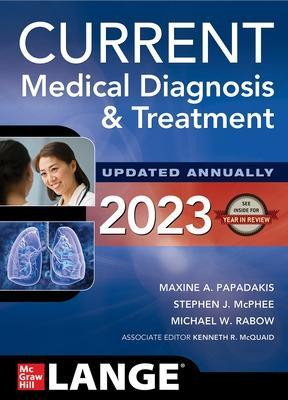
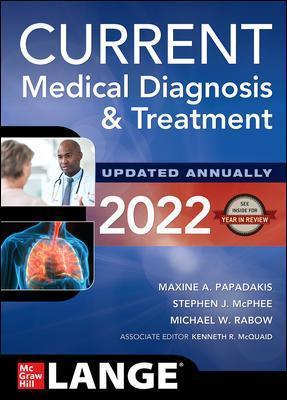
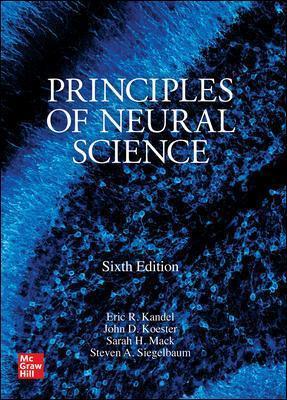





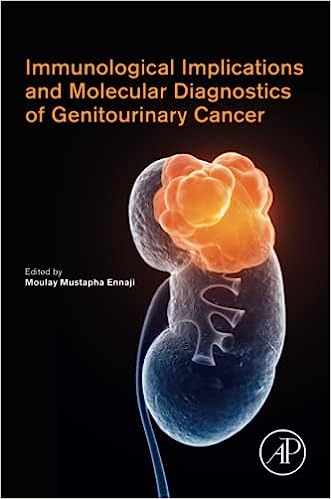









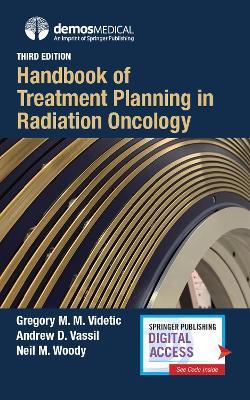


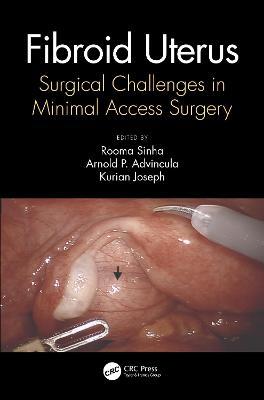

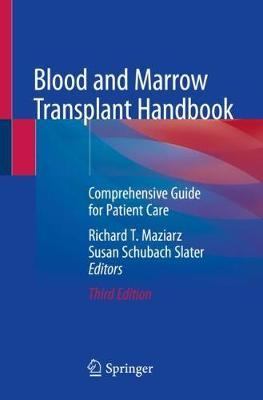
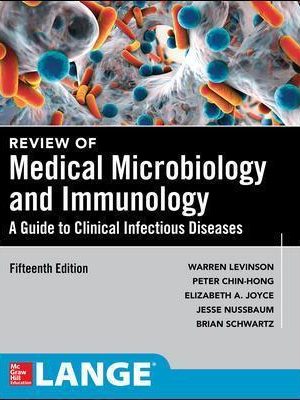
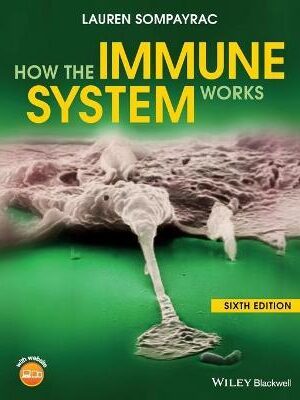
 Dentistry
Dentistry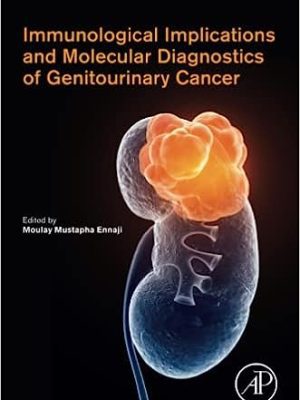
Reviews
There are no reviews yet.